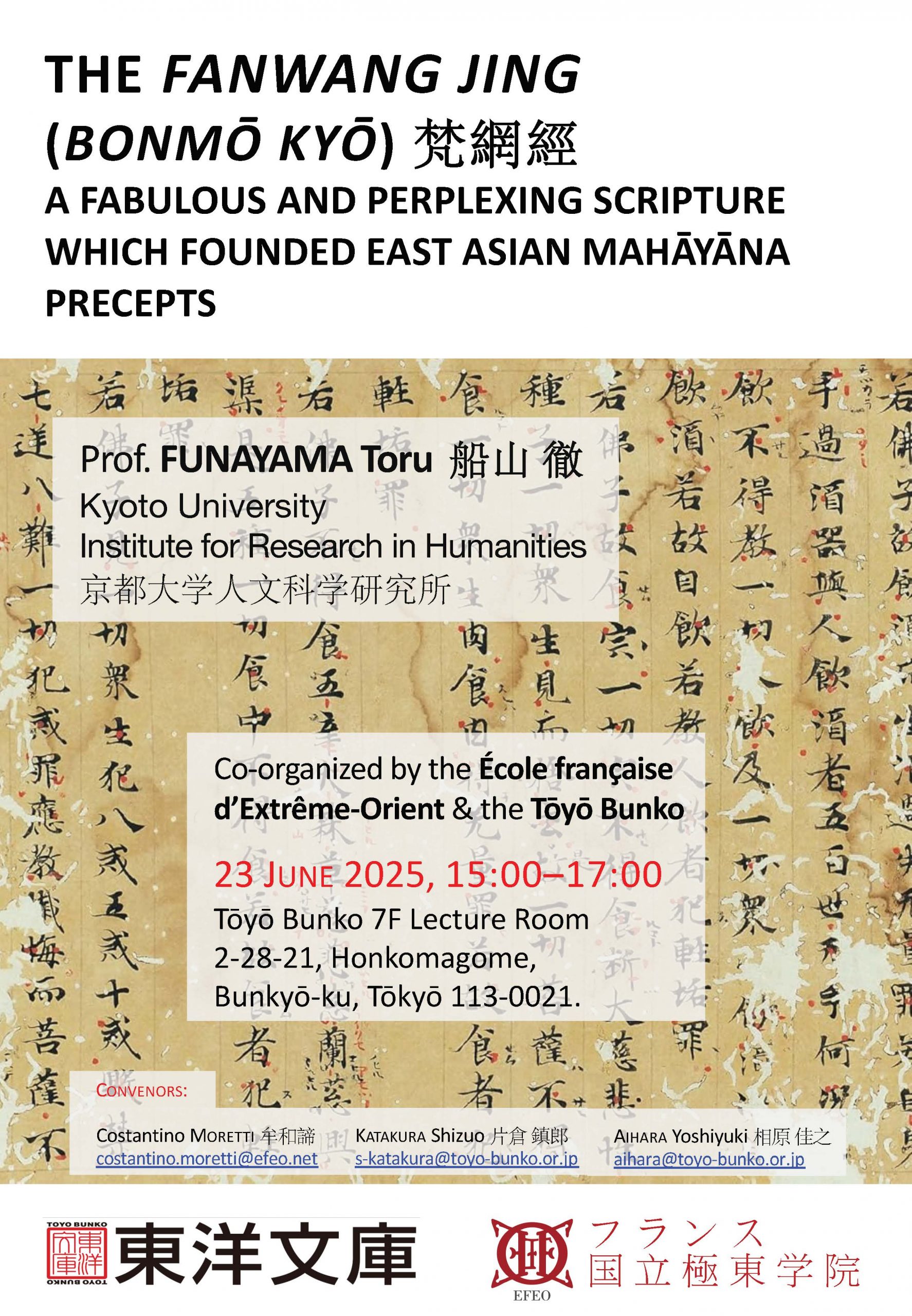- 研究会・学術シンポジウム
Prussian Blue in East Asian Paintings
2024/11/14
15:00–16:30
台湾の国立故宮博物院より陳東和氏(Dr. CHEN Tung-Ho)をお招きし、以下のとおりフランス国立極東学院と東洋文庫の共催による研究会を開催します。
| 日時 | 2024/11/14 15:00–16:30 |
|---|---|
| 演題 | 『Prussian Blue in East Asian Paintings』 |
| 参加費 | 無料 |
| 会場 | 東洋文庫2階講演室(Zoom配信あり) |
| 主催 | フランス国立極東学院、公益財団法人東洋文庫 |
| 報告者 | 陳東和(国立故宮博物院登録保存処副研究員) |
| 要旨 | It is reported that Prussian blue was accidentally invented in around 1706 by Johann Jacob Diesbach, a paint manufacturer in Berlin, when he was trying to produce a red colorant. The earliest document mentioning Prussian blue is the letter written to Gottfried Wilhelm Leibniz (1646–1716) by Johann Leonhard Frisch (1666–1743) on March 31, 1708. As far as is known, the first employment of Prussian blue as a pigment of painting was found in the oil painting the Entombment of Christ, painted by Pieter van der Weff in 1709. The same pigment was also used in the works by the French painter Antoine Watteau in 1710. Although Prussian blue was found in a few works in Europe in 1710s, however, its circulation increased dramatically after the revelation of its production method in 1724 and became one of the main pigments of painting since the mid-18th century. In Japan, it is well known that the Prussian blue is widely used in the Japanese Ukiyo-e, mainly after 1829. The series of Thirty-Six Views of Mt. Fuji by Katsushika Hokusai (1760–1849) are certainly among the famous prints. Nevertheless, it was documented that the Prussian blue was first imported to Japan in 1747 through the Dutch East Indian Company (Vereenigde Oostindische Compagnie; VOC), and one of the early cases of using Prussian blue was recently found in one of the scrolls of Doshoku Sai-e (Colorful Realm of Living Beings) painted by Ito Jakuchu (1716–1800) in around 1765. The Prussian blue was also identified in some paintings of the late 18th century. In China, according to few analytical reports, Prussian blue was detected in some art objects of Qianlong period (1736–1795), Jiaqing period (1796–1820) and later. Prussian blue is also one of the main pigments frequently used in the export paintings of Canton in the 19th century. However, the earliest use of Prussian blue China remains to be explored. Our recent investigation on some paintings of Giuseppe Castiglione (1688–1766), a.k.a. Lang Shining, carried out at the National Palace Museum, shows that Prussian blue was used in a painting of the Yongzheng period (1722–1735) and thus indicates that the pigment has probably been imported to China around 1730. In this talk, I will introduce our current research on Prussian blue used in the East Asian paintings. |
| 報告者について | Dr. CHEN Tung-Ho is Associate Research Fellow of Conservation Department of National Palace Museum, Taipei, Taiwan. He earned his Ph. D in Materials Science from the Université de Versailles – Saint-Quentin-en-Yvelines (UVSQ) in 2005. During his stay in France, he worked in the Centre de Recherche et de Restauration des Musées de France (C2RMF) at the Louvre Museum for studying artifacts with different advanced analytical techniques. In 2006, he returned to Taiwan and worked in the National Synchrotron Radiation Research Center in Hsinchu as a Postdoctoral Researcher. Later, he joined the National Palace Museum in 2008, and has been developing the Scientific Research and Analysis Laboratory of the Museum. His research interests focus on material culture and exchange between Eastern and Western art, by using scientific techniques to study art objects including porcelains, painted enamels, pigments, etc. He has also organized several workshops and conferences on scientific scrutiny in art and archaeology during the past years. |
| 言語 | 英語 |
| 連絡先 | Costantino MORETTI(フランス国立極東学院東京支部) 片倉鎮郎(東洋文庫) Frank MUYARD(フランス国立極東学院台北支部) ※それぞれメールアドレスはポスター画像を参照のこと |
※ミュージアムのご観覧には別途入館料が必要です。
※オンライン参加をご希望の方は上記連絡先までお問い合わせください。
(2024/11/13更新)




